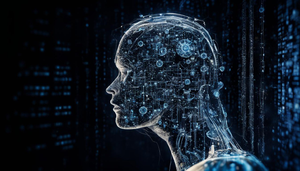Neural Networks and Deep Learning
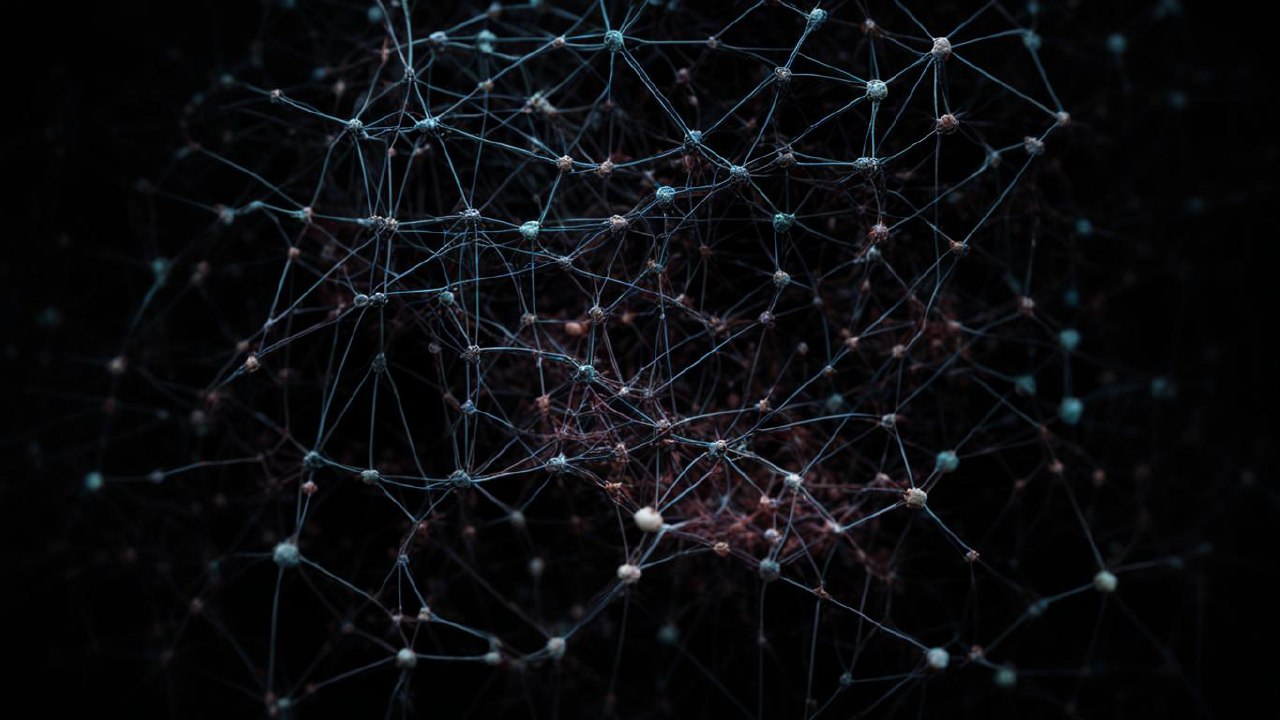
Neural networks are a class of algorithms modeled after the human brain's neural structure. They are a core component of deep learning, a subset of machine learning that uses layers of interconnected nodes to process complex data inputs. Here is an extensive overview of neural networks and deep learning:
Neural Networks
- Neural networks consist of layers of nodes (neurons) that process information in a way similar to how our brains work.
- Each node takes input, processes it using weights and biases, and produces an output that is typically passed through an activation function.
- The strength or weight given to each input connection determines its importance in the model's decision-making process.
- Training a neural network involves adjusting these weights based on the error generated by comparing the predicted outputs with the actual outputs.
Deep Learning
- Deep learning refers to neural networks with multiple hidden layers between the input and output layers.
- By adding more layers, deep learning models can learn intricate patterns and representations from data effectively.
- Deep learning has shown exceptional performance in various tasks such as image recognition, natural language processing, speech recognition, etc.
Key Concepts in Neural Networks & Deep Learning
- Activation Functions:
- Activation functions introduce non-linearity into neural network models critical for capturing complex patterns in data. Commonly used activation functions include ReLU (Rectified Linear Unit), Sigmoid, Tanh (hyperbolic tangent), etc.
- Loss Functions:
- Loss functions measure how well a model performs on training data by quantifying the difference between predicted and actual values. Examples include Mean Squared Error (MSE), Cross Entropy Loss, etc.
- Optimization Algorithms:
- Optimization algorithms like Stochastic Gradient Descent (SGD), Adam optimization help update network parameters during training iteratively to minimize loss function values gradually.
- Regularization Techniques:
- To prevent overfitting and improve generalization, techniques like L1/L2 regularization, dropout regularization are employed.
- Convolutional Neural Networks (CNNs):
- CNNs are specialized deep learning models designed for handling grid-like data structures such as images or sequences efficiently through convolutional operations.
- Recurrent Neural Networks (RNNs):
- RNNs are adept at modeling sequential data due to their ability to maintain memory across time steps; they find applications in text analysis, translation tasks where order matters.
In conclusion, understanding neural networks' fundamentals and exploring deep learning concepts can open up opportunities to solve diverse real-world problems efficiently leveraging cutting-edge technology advancements successfully applied across various domains today.
Neural Networks and Deep Learning: Artificial Neural Networks (ANN)
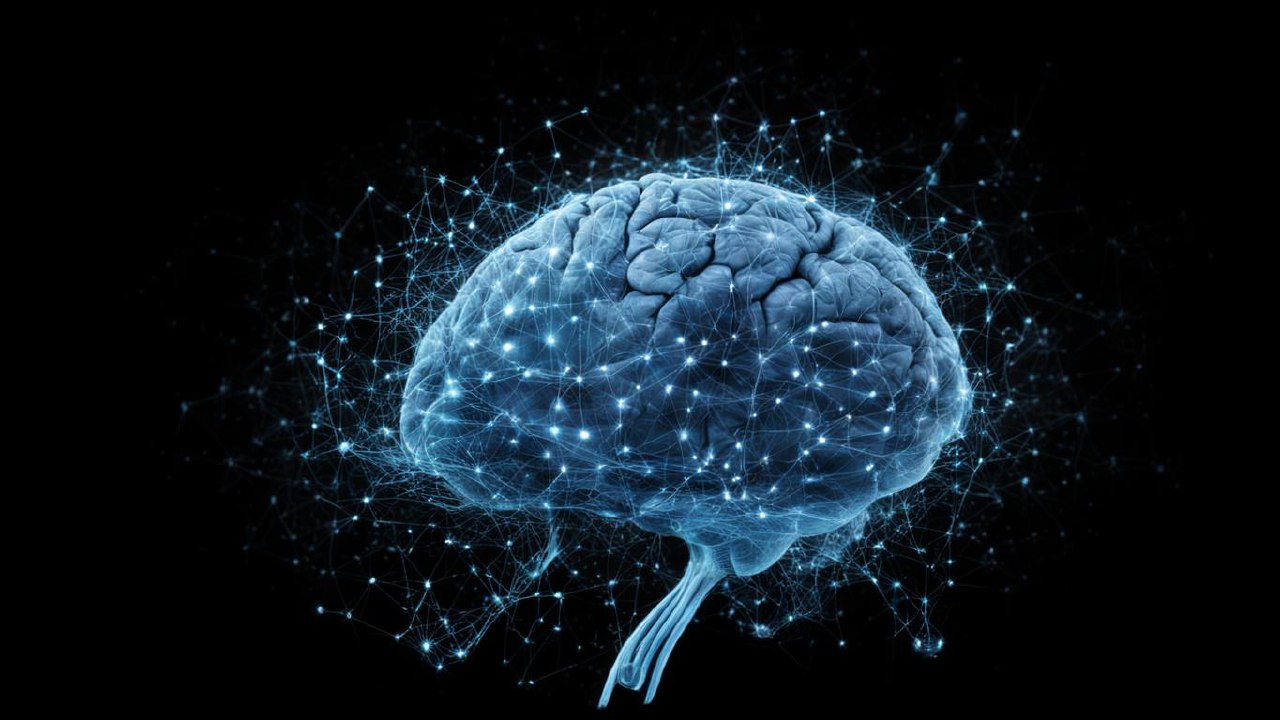
Neural Networks are a powerful class of machine learning algorithms inspired by the structure and functioning of the human brain. They are capable of learning complex patterns from data and have been extensively used in various fields, including image recognition, natural language processing, and speech recognition.
Components of a Neural Network:
- Neurons: Neurons are basic units in a neural network that receive input signals, apply weights to them, pass the result through an activation function, and produce an output.
- Layers: Neurons are organized into layers within a neural network. The input layer receives data, hidden layers process this data through weighted connections between neurons, and the output layer produces the result.
- Weights: Weights represent the strength of connections between neurons in different layers. These weights are adjusted during training to improve the network's performance.
- Activation Functions: Activation functions determine whether a neuron should be activated or not based on its total input.
- Loss Function: A loss function measures how well the network is performing by comparing its predictions with actual target values.
Training Process:
- Forward Propagation: In forward propagation, input data is passed through the network to generate predictions.
- Loss Calculation: The loss function calculates how far these predictions are from the actual targets.
- Backward Propagation (Backpropagation): Backpropagation involves updating weights by propagating error gradients backward through the network using optimization techniques like gradient descent.
Deep Learning Artificial Neural Networks (ANN):
Deep Learning refers to neural networks with multiple layers (deep architectures) that enable them to learn intricate patterns from large amounts of data without needing explicit feature engineering.
Key Aspects:
- In deep learning ANNs, there are typically multiple hidden layers between input and output layers that allow for increasingly abstract representations of the data.
- Deep learning has shown remarkable performance in areas such as computer vision (e.g., object detection), natural language processing (e.g., machine translation), and reinforcement learning.
Overall, neural networks and deep learning ANNs continue to revolutionize many industries due to their ability to learn complex patterns directly from raw data with minimal human intervention or domain-specific knowledge required for traditional algorithm design processes.
Neural Networks and Deep Learning: Convolutional Neural Networks (CNN)
Neural networks are a foundational concept in machine learning inspired by the structure of the human brain. They are a series of algorithms that mimic the operations of biological neurons to recognize underlying relationships in a set of data. A neural network is composed of layers of interconnected nodes, with each node processing and transmitting information to other nodes.
Neural networks learn from data through a process called training, where they adjust their parameters iteratively to minimize errors. This process allows them to make predictions or decisions without being explicitly programmed. The versatility and ability to handle complex nonlinear relationships make neural networks popular for various machine learning tasks.
Deep Learning - Convolutional Neural Networks (CNNs) Overview:
Convolutional Neural Networks (CNNs) are a specialized type of deep learning neural network designed for processing structured grids or sequences like images, audio, and video data. CNNs have revolutionized fields like computer vision due to their ability to automatically extract features from raw input.
Key components of CNNs include convolutional layers, pooling layers, activation functions, and fully connected layers. Convolutional layers apply filters ("kernels") over input data to detect spatial patterns such as edges or textures. Pooling layers reduce spatial dimensions while retaining important information. Common activation functions used in CNNs include ReLU (Rectified Linear Unit) which introduce non-linearities essential for capturing complex patterns.
Deep CNN architectures consist of multiple convolutional and pooling layers followed by fully connected layers for classification/regression tasks at the end. Training deep CNNs typically requires large datasets due to the high number of parameters involved but enables sophisticated feature extraction capabilities.
In summary, convolutional neural networks play a vital role in leveraging deep learning techniques for image recognition tasks and have significantly improved performance in various real-world applications such as object detection, facial recognition, medical image analysis, etc.
Recurrent Neural Networks (RNN)
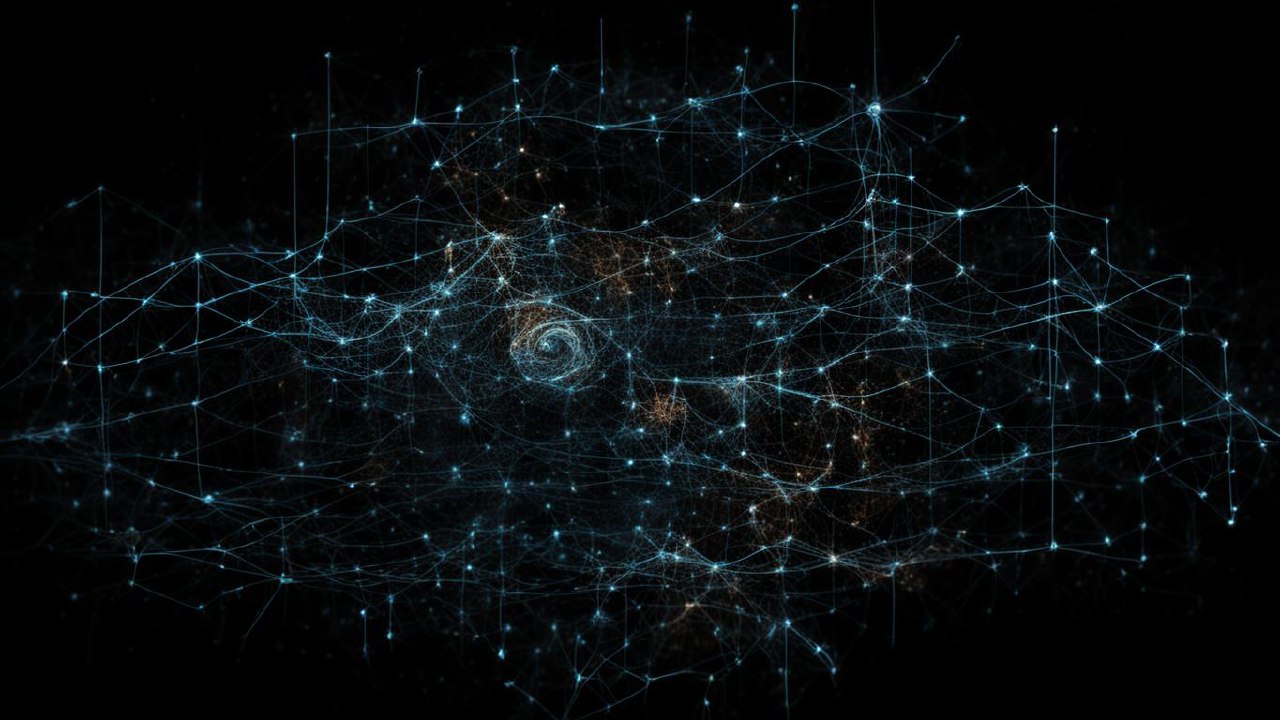
Neural networks are a class of models inspired the human brain operates. These models consist of interconnected nodes or neurons that process information and learn patterns from data. One common type of neural network is the feedforward neural network, where information flows in one direction, from input nodes through hidden layers to output nodes.
Advantages of Neural Networks:
- Able to learn complex non-linear relationships in data.
- Can handle large amounts of data efficiently.
Deep Learning
Deep learning is a subfield of machine learning that focuses on using neural networks with multiple layers (deep neural networks) to model and learn intricate patterns from data. This allows deep learning models to automatically discover features at different levels of abstraction.
Advantages of Deep Learning:
- Superior performance on tasks such as image recognition, speech recognition, and natural language processing.
- Capable of feature extraction without manual intervention.
Recurrent Neural Networks (RNN)
Recurrent Neural Networks are a type of neural network architecture specifically designed for sequences and time-series data. Unlike feedforward networks, RNNs have connections between nodes that form directed cycles, allowing them to exhibit temporal dynamic behavior by maintaining memory over time steps.
Features of RNNs:
- Historical Context: RNNs can retain memory about previously seen elements in a sequence.
- Variable Sequence Length: They can handle inputs or outputs regardless of sequence length.
RNNs have found extensive applications in various fields like natural language processing (NLP), speech recognition, sentiment analysis, etc., where historical context is crucial for predicting future outcomes.
In summary, while traditional feedforward neural networks excel at static datasets with fixed input sizes, recurrent neural networks shine when it comes to sequential data processing due to their unique ability to capture historical dependencies across time steps.
Long Short-Term Memory (LSTM)
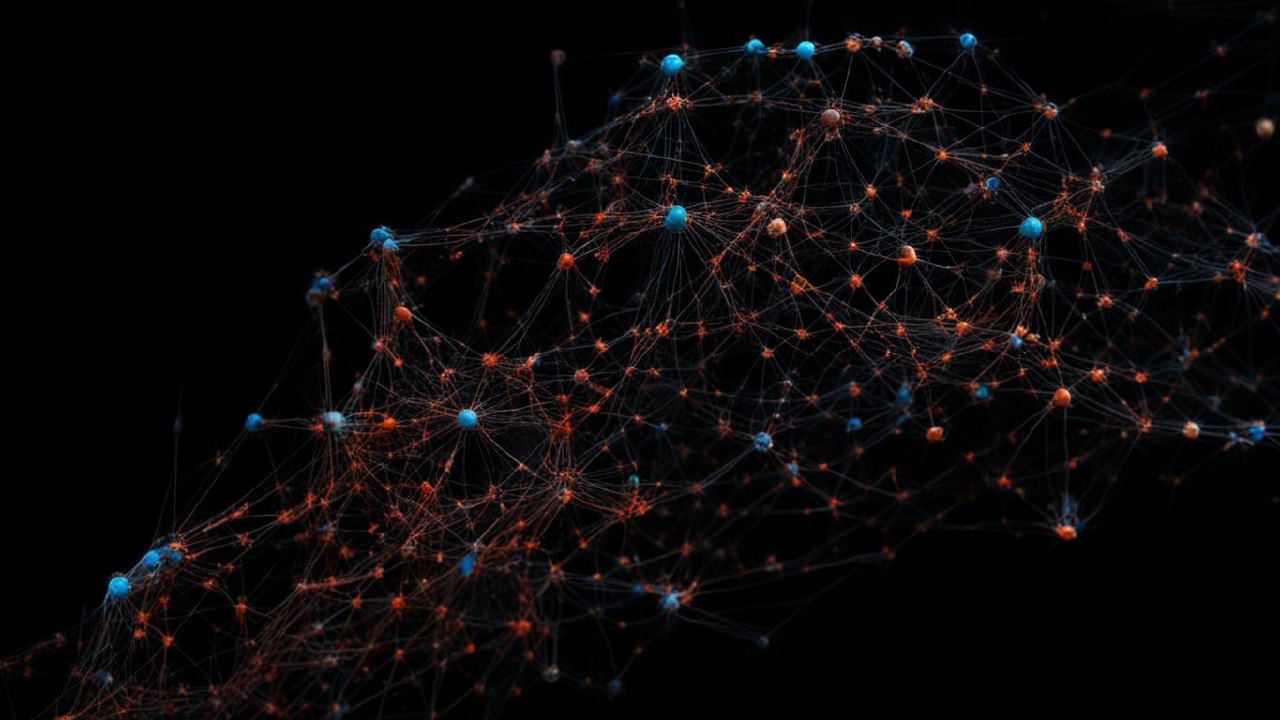
Neural networks are a fundamental concept in machine learning and artificial intelligence inspired by the structure and functioning of the human brain. They consist of interconnected nodes, or neurons, organized in layers. Each connection between neurons has associated weights that are adjusted during training to enable the network to learn patterns from data.
Types of Neural Networks:
- Feedforward Neural Networks: These are the simplest type where information flows in one direction without loops.
- Recurrent Neural Networks (RNNs): These networks have connections that form cycles, allowing them to capture sequential information.
- Convolutional Neural Networks (CNNs): Designed for processing grid-like data such as images through convolutional layers that extract features.
- Long Short-Term Memory (LSTM) Network: LSTM is a specialized type of RNN architecture designed to overcome the limitations faced by traditional RNNs in capturing long-term dependencies and mitigating gradient vanishing/exploding problems during training.
Key Components of LSTM:
- Cell State: Represents the memory component that runs along each cell in an LSTM unit, allowing information to persist over time.
- Forget Gate: Decides which information needs to be discarded from the cell state.
- Input Gate: Determines which new information should be stored in the cell state.
- Output Gate: Controls how much of the internal state should pass on to the next layer or output.
Benefits and Applications:
- LSTMs are well-suited for various tasks involving sequential data like speech recognition, language modeling, time-series analysis, etc., due to their ability to capture long-range dependencies.
- The gating mechanism inherent in LSTMs helps prevent losing important context from earlier parts of sequences over time.
Conclusion:
Neural networks, especially LSTM models, have propelled advancements in deep learning applications by effectively handling sequential data with long-term dependencies. Understanding these architectures is crucial for tackling a wide array of complex machine learning problems efficiently.
Gated Recurrent Unit (GRU)
Neural networks are a fundamental concept in the field of deep learning, inspired the human brain processes information. They consist of interconnected nodes organized into layers: input, hidden, and output layers. Each node applies weights to inputs, performs a nonlinear activation function, and passes the result to nodes in the next layer.
Deep learning is a subset of machine learning where neural networks with multiple hidden layers are used to model and extract patterns from complex data. Deep learning algorithms have shown remarkable success in various tasks such as image recognition, speech recognition, natural language processing, etc.
Gated Recurrent Unit (GRU)
The Gated Recurrent Unit (GRU) is a type of recurrent neural network (RNN) architecture designed to address some limitations of traditional RNNs like vanishing gradient problem and long-term dependencies. GRUs have reset gates and update gates that control the flow of information within each unit during training.
- Reset Gate:
- Controls how much past information should be forgotten.
- Update Gate:
- Determines how much previous memory needs to be passed along to the current time step.
GRUs are simpler than Long Short-Term Memory (LSTM) units but offer comparable performance in many applications. They excel at capturing dependencies across long sequences due to their ability to remember or forget information selectively.
Key Points:
- Neural Networks:
- Mimic biological neurons.
- Used for complex pattern recognition.
- Deep Learning:
- Subset of machine learning utilizing deep neural networks.
- Excels at tasks involving large datasets.
- Gated Recurrent Unit (GRU):
- Type of RNN addressing vanishing gradient problem
- Contains reset gate and update gate for better memory management.
In conclusion, neural networks serve as building blocks for understanding more complex deep learning techniques like GRUs which provide an efficient solution for sequential data processing tasks by effectively managing information flow through temporal sequences.
Generative Adversarial Networks (GAN)
Neural networks are a fundamental concept in machine learning and artificial intelligence inspired by the structure and function of the human brain. They consist of interconnected nodes organized in layers. Each node applies a weighted sum function to its inputs and passes the result through an activation function to produce an output.
Key Components:
- Input Layer: The initial layer that receives input data.
- Hidden Layers: Intermediate layers that perform computations.
- Output Layer: The final layer that produces the model's prediction.
Training Process:
Neural networks learn through a process called backpropagation, where errors are calculated in the output layer and propagated backwards through the network to update weights using optimization algorithms like gradient descent.
Deep Learning Generative Adversarial Networks (GANs)
Generative Adversarial Networks (GANs) represent a breakthrough in generative modeling by pitting two neural networks against each other - a generator and a discriminator - in a competitive setting.
How GANs Work:
- Generator: Creates fake data samples from random noise input.
- Discriminator: Attempts to distinguish between real and generated data.
- Training Process:
- The generator creates fake samples, while the discriminator tries to distinguish them from real samples.
- Both models improve over time as they compete against each other, leading to high-quality generated samples.
Use Cases:
- Image generation.
- Data augmentation.
- Anomaly detection.
- Style transfer.
Challenges:
- Mode collapse: Generator produces limited diversity.
- Instability during training.
Transformer Networks
Neural networks are a class of machine learning models that are inspired by the structure and function of the human brain. They consist of interconnected nodes (neurons) organized in layers. Each neuron processes input data and passes it through an activation function to produce an output.
Key Components:
- Input Layer: The first layer that receives the initial data.
- Hidden Layers: Intermediate layers that perform computations on the input data.
- Output Layer: The final layer that produces the model's output.
Training Process:
Neural networks learn by adjusting the weights associated with connections between neurons during a process called backpropagation. This process involves minimizing a loss function, which quantifies how well the model is performing.
Deep Learning Transformer Networks
Deep Learning Transformer Networks have revolutionized natural language processing tasks due to their capability to handle long-range dependencies efficiently.
Components:
- Transformer Architecture: Utilizes self-attention mechanisms to weigh dependencies between different words in a sentence.
- Encoder-Decoder Structure: Combines encoder and decoder networks to process input sequences and generate output sequences for tasks such as machine translation.
Key Advantages:
- Efficiency: Transformers can be parallelized easily, making them faster for training compared to recurrent neural networks.
- Scalability: Transformers scale well with increasing amounts of training data, providing strong performance even with large datasets.
In summary, neural networks are fundamental models used in deep learning, while transformer networks have shown significant advancements in handling sequential data like text through their unique architecture and attention mechanisms.

